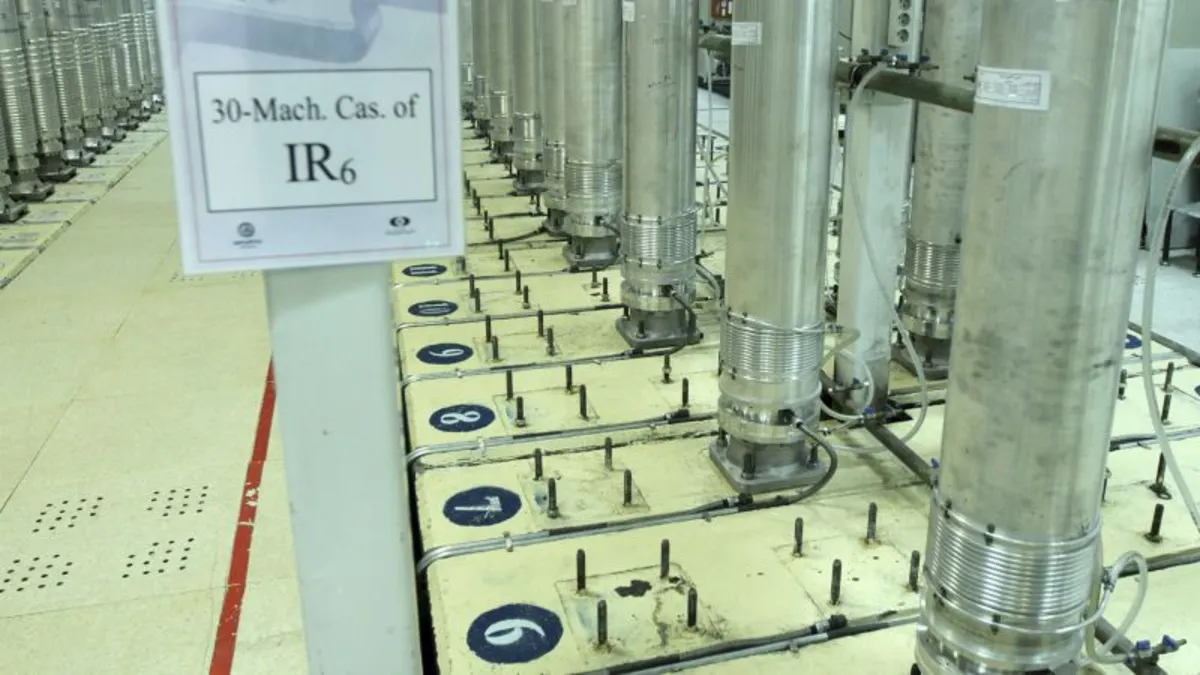
On Saturday evening, President Donald Trump announced on Truth Social that the United States has successfully struck three critical nuclear sites in Iran. This announcement comes as the Iran-Israel conflict intensifies, now entering its second week. Trump claimed that the sites at Fordow, Isfahan, and Natanz have been “completely and totally obliterated.” In contrast, Iranian officials have attempted to downplay the effects of these strikes. One Iranian lawmaker described the attack as “superficial,” claiming that it had not seriously impacted the Fordow facility. Iran’s foreign minister issued a warning that the US strikes may result in “everlasting consequences.” Meanwhile, Trump cautioned that any retaliation from Iran would be met with significant force.
As tensions rise, it is essential to examine the three nuclear sites at the heart of Iran’s nuclear ambitions. Each facility plays a pivotal role in Iran's nuclear program and poses a potential threat to regional stability.
The Natanz nuclear complex, located approximately 250 kilometers (150 miles) south of Tehran, is recognized as Iran's largest facility for uranium enrichment. Analysts assert that Natanz is primarily used for developing and assembling centrifuges crucial for converting uranium into nuclear fuel. The facility consists of six above-ground buildings and three underground structures, with two capable of housing up to 50,000 centrifuges, according to the Nuclear Threat Initiative (NTI).
Natanz was previously targeted in Israel's initial strikes against Iran. Satellite imagery confirmed that the above-ground sections of Natanz’s Pilot Fuel Enrichment Plant were destroyed. This extensive facility has been operational since 2003, enriching uranium to levels of up to 60% purity, as reported by the International Atomic Energy Agency (IAEA). For context, weapons-grade uranium is enriched to 90%. The earlier strikes also disrupted electricity in the lower levels where centrifuges are housed, illustrating that targeting power sources can be an effective strategy against underground facilities.
Much about the Fordow facility remains shrouded in secrecy. Situated near the holy city of Qom and deeply embedded in mountainous terrain, Fordow is one of Iran's most fortified nuclear sites. Information about its capabilities largely stems from documents acquired by Israeli intelligence. The main sections of Fordow lie approximately 80 to 90 meters (around 262 to 295 feet) underground, which poses a significant challenge for aerial bombardment.
Experts have noted that the US possesses the only bombs capable of penetrating such depths, although even these may not guarantee destruction. Analysts from the nonpartisan Institute for Science and International Security (ISIS) warned that Iran could convert its existing stock of 60% enriched uranium into 233 kg of weapons-grade uranium within three weeks at the Fordow Fuel Enrichment Plant, sufficient for constructing nine nuclear weapons. Recent reports from the IAEA have indicated that Iran has increased its production of enriched uranium at Fordow to a level of 60%, with the facility currently housing around 2,700 centrifuges.
Located in central Iran, Isfahan is home to the country's largest nuclear research complex. Established with Chinese assistance in 1984, this facility employs approximately 3,000 scientists and is considered the focal point of Iran’s nuclear program. The NTI indicates that Isfahan operates three small research reactors supplied by China, along with a conversion facility, fuel production plant, zirconium cladding plant, and various laboratories.
As the situation unfolds, the implications of the US strikes on these critical nuclear sites will be closely monitored. The ongoing developments could significantly alter the dynamics of the Iran-Israel conflict and influence geopolitical relations in the region.